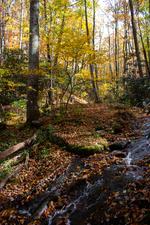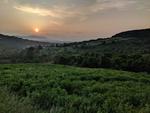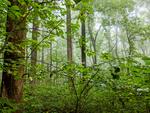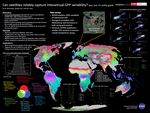About me
Ian is currently a Postdoctoral Associate under Dr. Evan Gora at the Cary Institute of Ecosystem Studies, where he is researching lightning effects on tropical forest biodiversity using remote sensing. Previously, Ian completed his PhD in Geospatial Analytics at NC State University under Dr. Josh Gray, where he was a NASA Future Investigator researching near real-time monitoring of deforestation. Before NC State, he worked as a research analyst with the Smithsonian’s Forest Global Earth Observatory (ForestGEO), and earned degrees from the University of Oxford (MSc) and the University of California Berkeley (BSc). His environmental policy and field experience span the US, northern Europe, and central Africa, with a primary focus in forest ecology. Outside of research, Ian is an avid musician, botanist, and hiker.
Download my CV.
- Forest ecology
- Remote sensing
- Data analytics
- Conservation ecology
PhD in Geospatial Analytics, 2023
North Carolina State University
MSc in Environmental Change and Management, 2017
University of Oxford
BSc in Conservation and Resource Studies; Society and Environment, 2015
University of California, Berkeley
Recent Posts
Projects
Skills
Featured Publications
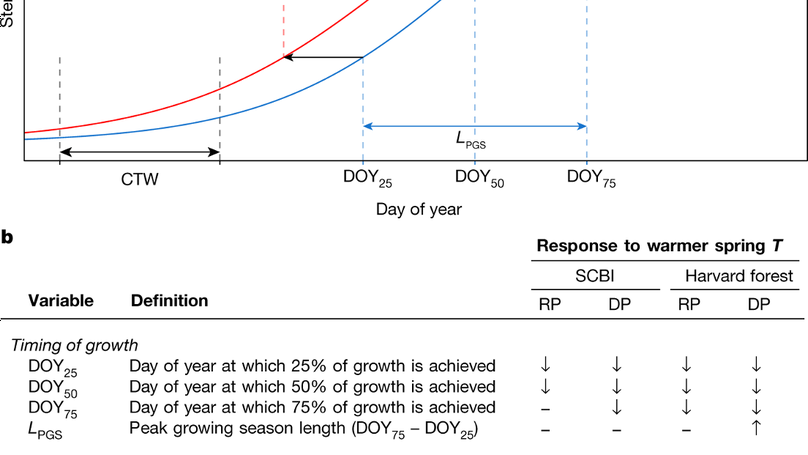
As the climate changes, warmer spring temperatures are causing earlier leaf-out and commencement of net carbon dioxide (CO2) sequestration in temperate deciduous forests, resulting in a tendency towards increased growing season length and annual CO2 uptake. However, less is known about how spring temperatures affect tree stem growth, which sequesters carbon (C) in wood that has a long residence time in the ecosystem. Using dendrometer band measurements from 463 trees across two forests, we show that warmer spring temperatures shifted the woody growth of deciduous trees earlier but had no consistent effect on peak growing season length, maximum daily growth rates, or annual growth. The latter finding was confirmed on the centennial scale by 207 tree-ring chronologies from 108 forests across eastern North America, where annual growth was far more sensitive to temperatures during the peak growing season than in the spring. These findings imply that extra CO2 uptake in years with warmer springs 10–12 is not allocated to long-lived woody biomass, where it could have a substantial and lasting impact on the forest C balance. Rather, contradicting current projections from global C cycle models, our empirical results imply that warming spring temperatures are unlikely to increase the woody productivity or strengthen the CO2 sink of temperate deciduous forests.
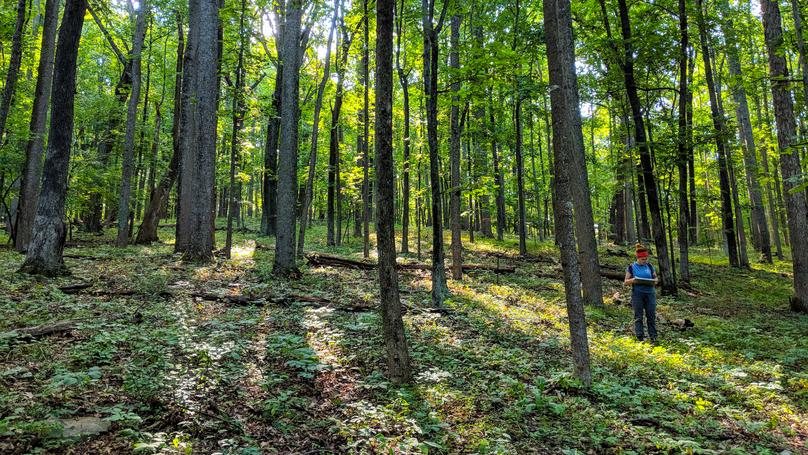
Tree-ring records from a long-term forest monitoring plot in NW Virginia (USA) reveal that tree height and leaf drought tolerance traits influenced growth responses during and after significant droughts in the meteorological record. As climate change-induced droughts intensify, tall trees with drought-sensitive leaves will be most vulnerable to immediate and longer-term growth reductions.
Other Publications
Invited Talks and Conferences
External Funding
2020
NASA Future Investigator in Earth and Space Science and Technology (FINESST)
- 135,000 USD
- Term: 2020-2023 (3 years)
US Geospatial Intelligence Foundation Doctoral Scholarship
- 5,000 USD
- Term: 2020-2021 (1 year)
NC Space Grant Graduate Research Fellow
- 10,000 USD
- Term: 2020-2021 (1 year)
International Association for Landscape Ecology North America (IALE-NA) Student Travel Award
- 700 USD
NCSU Center for Geospatial Analytics Travel Award
- 800 USD
Contact
- imcgreg@ncsu.edu
- Jordan Hall 5111, 2800 Faucette Drive, Raleigh, NC 27606
